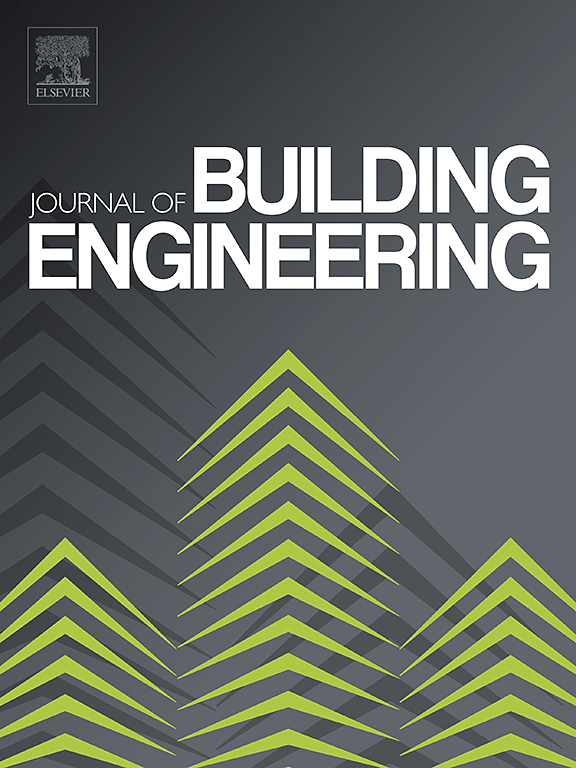Capability of machine learning to predict seismic damage states of reinforced concrete wall structures
IF 6.7
2区 工程技术
Q1 CONSTRUCTION & BUILDING TECHNOLOGY
引用次数: 0
Abstract
Reinforced concrete (RC) walls, widely used to resist all seismic forces in building frame systems, play a pivotal role in ensuring the resilience and safety of countless existing buildings against earthquakes. Hence, predicting the damage states of RC wall structures after earthquake events is an essential task for mitigating disasters. This study aims to develop damage prediction models by exploring eight widely recognized machine learning (ML) algorithms: K-nearest neighbors, naive Bayes, decision tree, random forest, adaptive boosting, extreme gradient boosting (XGBoost), light gradient boosting machine, and category boosting (CatBoost). To generate an extensive dataset for training and testing the ML models, nonlinear time history analyses of 46 RC wall structures were performed subjected to 1000 ground motions. Their damage states were defined employing the maximum interstory drift ratio. Notably, the XGBoost and CatBoost models were the most effective, each achieving an 88 % accuracy in damage state prediction (based on the confusion matrix) for the testing dataset. The performances of the ML models were discussed based on the findings of this and previous studies. Additionally, we developed a graphical user interface for the damage state classification based on the XGBoost and CatBoost models to facilitate convenient access to engineers and the research community. This study highlights the efficiency of ML by evaluating existing models, discussing experiences, and sharing lessons learned from a case study applying ML in engineering applications.
求助全文
约1分钟内获得全文
求助全文
来源期刊

Journal of building engineering
Engineering-Civil and Structural Engineering
CiteScore
10.00
自引率
12.50%
发文量
1901
审稿时长
35 days
期刊介绍:
The Journal of Building Engineering is an interdisciplinary journal that covers all aspects of science and technology concerned with the whole life cycle of the built environment; from the design phase through to construction, operation, performance, maintenance and its deterioration.
 求助内容:
求助内容: 应助结果提醒方式:
应助结果提醒方式:


